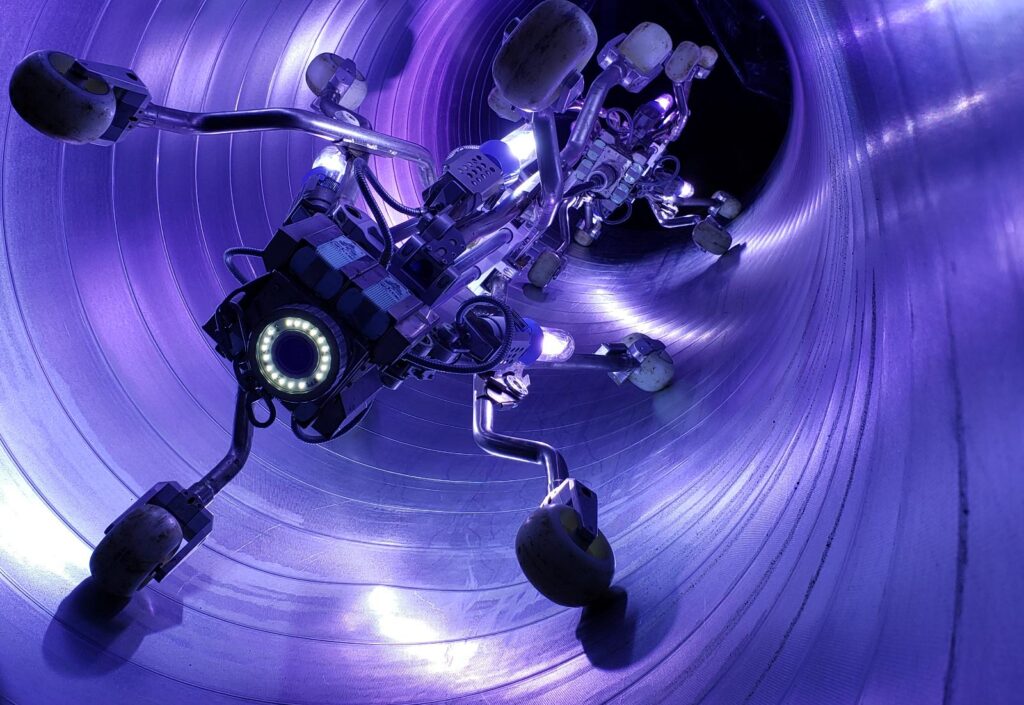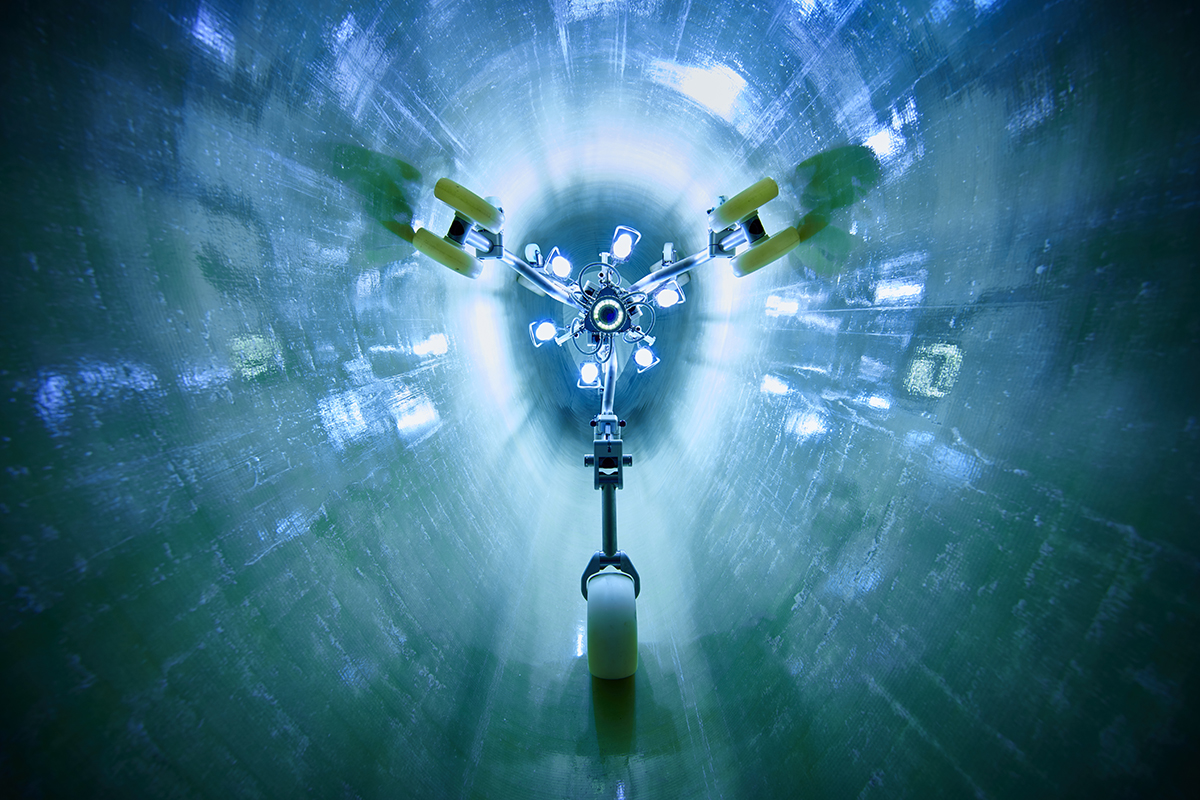Trenchless Pipe Repair For Minimal Disruption
Trenchless pipe repair offers several advantages over traditional dig-and-replace methods:

- Minimal Disruption: Unlike traditional methods that involve digging up the entire length of the pipe, trenchless repair requires minimal excavation. This means less disruption to landscapes, driveways, sidewalks, and other structures, reducing restoration costs and inconvenience.
- Faster Repair Time: Trenchless methods typically require less time to complete compared to traditional methods. With no extensive digging involved, the repair process is streamlined, allowing for quicker turnaround times and less downtime for utilities or services.
- Cost-Effective: While the upfront cost of trenchless repair may be higher than traditional methods, the overall cost is often lower when factoring in reduced labour, equipment, and restoration expenses. Additionally, the faster repair time means less disruption to businesses or residents, potentially saving money in lost productivity or inconvenience.
- Preservation of Landscapes: Trenchless repair techniques minimize damage to landscaping, trees, and other vegetation since excavation is limited to small access points rather than digging trenches along the entire length of the pipe. This preservation of green spaces can be particularly beneficial in residential areas or environmentally sensitive areas.
- Durability: Trenchless repair methods often result in a durable, long-lasting solution. Techniques such as pipe lining or pipe bursting can strengthen the existing pipe or replace it with a new one without joints, reducing the risk of future leaks or failures.
- Versatility: Trenchless methods can be used in a variety of situations, including repairing or replacing sewer lines, water mains, stormwater drains, and other underground pipes. They can also be applied in different soil types and geological conditions, making them a versatile option for various infrastructure repair needs.
- Environmental Benefits: By minimizing excavation and reducing the need for heavy machinery, trenchless repair methods have lower environmental impacts compared to traditional methods. They produce less noise, dust, and air pollution, making them a more sustainable choice for infrastructure maintenance and repair.
Overall, trenchless pipe repair offers a more efficient, cost-effective, and environmentally friendly alternative to traditional dig-and-replace methods, making it increasingly popular in utility maintenance and infrastructure rehabilitation projects.

